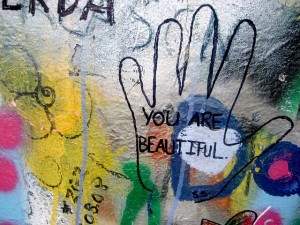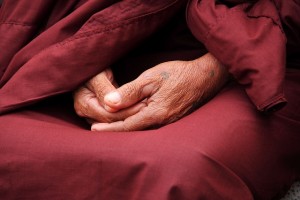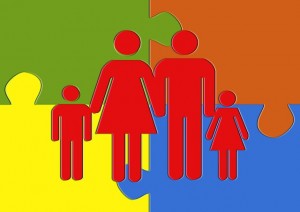In my counselling practice I see a lot of clients who have moved away from their home countries, usually because of job transfers. This means a nuclear family is uprooted from their home, and re-located to a place where they have no family, friends or support network. Many people enjoy the novelty, excitement, and adventure of international relocation, but the clients who walk through my door struggle with that often over-generalized diagnosis: adjustment disorder. It’s a condition that many insurance companies won’t cover, but it accurately describes a lot of my cases.
 Relocation can take its toll on a family’s resiliency. For example, one common problem that I see is when children have underlying feelings of resentment: they were not part of the decision to move, it was forced upon them by adults, and they feel a lack of control and heightened helplessness. Youngsters can become depressed after a big move – I’ve seen this manifest in girls as young as 10 years old who develop eating disorders and boys with anger and even raging episodes – triggered by the move. Previously well-adapted adolescents can develop oppositional behaviors, making the adjustment process for the whole family much more complicated. Erik Erickson identified peer approval and group identity as the psycho-social crisis at this age, and relocation to a new country, new school, new neighborhood upsets this already challenging task. Many children describe feeling lonely and unaccepted as they struggle to adjust, whilst pining away for their old life. As they try to deal with their kids, parents can feel frustrated and helpless (missing their support network at home), and also guilty for uprooting and causing their kids distress. They may also feel guilty for leaving aging parents or other responsibilities behind in their home country.
Relocation can take its toll on a family’s resiliency. For example, one common problem that I see is when children have underlying feelings of resentment: they were not part of the decision to move, it was forced upon them by adults, and they feel a lack of control and heightened helplessness. Youngsters can become depressed after a big move – I’ve seen this manifest in girls as young as 10 years old who develop eating disorders and boys with anger and even raging episodes – triggered by the move. Previously well-adapted adolescents can develop oppositional behaviors, making the adjustment process for the whole family much more complicated. Erik Erickson identified peer approval and group identity as the psycho-social crisis at this age, and relocation to a new country, new school, new neighborhood upsets this already challenging task. Many children describe feeling lonely and unaccepted as they struggle to adjust, whilst pining away for their old life. As they try to deal with their kids, parents can feel frustrated and helpless (missing their support network at home), and also guilty for uprooting and causing their kids distress. They may also feel guilty for leaving aging parents or other responsibilities behind in their home country.
*The views expressed by our authors are personal opinions and do not necessarily reflect the views of the CCPA





